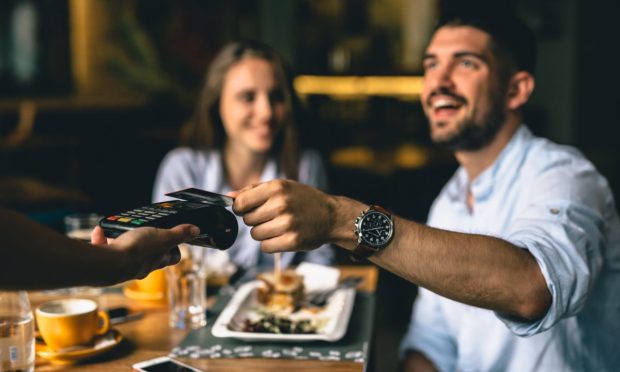Restaurants Must Personalize Loyalty Offers to Reach the Majority of Consumers

A restaurant loyalty program is only as good as its ability to build a habit, and to do that, restaurants need to give consumers want they really want — a personalized experience.
According to data from the March/April edition of PYMNTS’ Digital Divide series, “The Digital Divide: Regional Variations in U.S. Food Ordering Trends and Digital Adoption,” created in collaboration with Paytronix, 58% of loyalty program members cite customized coupons or discounts as a reason for using these programs at quick-service restaurants (QSRs).
Read more: New Research Shows That Regional Dining Quirks Matter in Tailoring Restaurant Offers
Additionally, the study, which drew from a survey of more than 2,500 United States adults in February, found that 55% of consumers cite these as a reason for restaurants that offer table-service. Especially now, as inflation prompts rises in food prices, personalized discounts on the items that individual consumers are seeking out can go a long way.

Why It Matters
Loyalty programs are a key tool for restaurants looking to maintain a thriving digital ordering business without losing all their transactions to third-party aggregators. By incentivizing adoption of direct ordering channels with appealing rewards, restaurants can increase purchase frequency and own the customer data, gaining vital insights as to how to drive spending more effectively going forward.
As such, the bulk of digitally savvy restaurants now offer such programs, and some brands are just now getting into the loyalty game. IHOP announced the official launch of its program Monday (April 11), and in late March, CKE Restaurants’ Hardees and Carl’s Jr. brands launched their loyalty offerings.
See more: QSR Chains Combine Predictable Loyalty Rewards With Intermittent Surprises to Drive Engagement
With an increasing number of restaurants entering the space, the race to offer the most advanced personalization becomes even more competitive. Where once simply suggesting items that consumers had previously ordered was considered a differentiator, now brands are racing to personalize everything from the deals and discounts to the menus consumers see when they open the app or website to the messaging they receive through the program’s communication channels.
What Insiders Are Saying
These sorts of advancements work, effectively driving engagement.
“By understanding the individual guest’s participation in the loyalty program and purchasing behaviors better, we’ve started engaging them better — by connecting with them through personalized [customer relationship management (CRM)] and offers,” Tim Hortons Canada Senior Director of Digital and Loyalty Sales Ernest Choi told PYMNTS in an interview. “We see personalization going beyond just the experience in the mobile app and into our restaurants, which gives our guests an omnichannel digital experience.”
Read more: Tim Hortons Says Loyalty Programs Open Customer Channel Beyond the Restaurant
Moreover, consumers’ expectations for customization continue to rise.
“I think the bar will continue to raise in terms of guests wanting that personal experience, and then I think that the winners in five years will be those who can really differentiate their experience beyond that,” Steph So, head of digital experience at Shake Shack, told PYMNTS in an interview in January. “Frictionless will be absolute table stakes.”
See more: Shake Shack Sees Digital Experience Driven by Dynamic Kitchens
